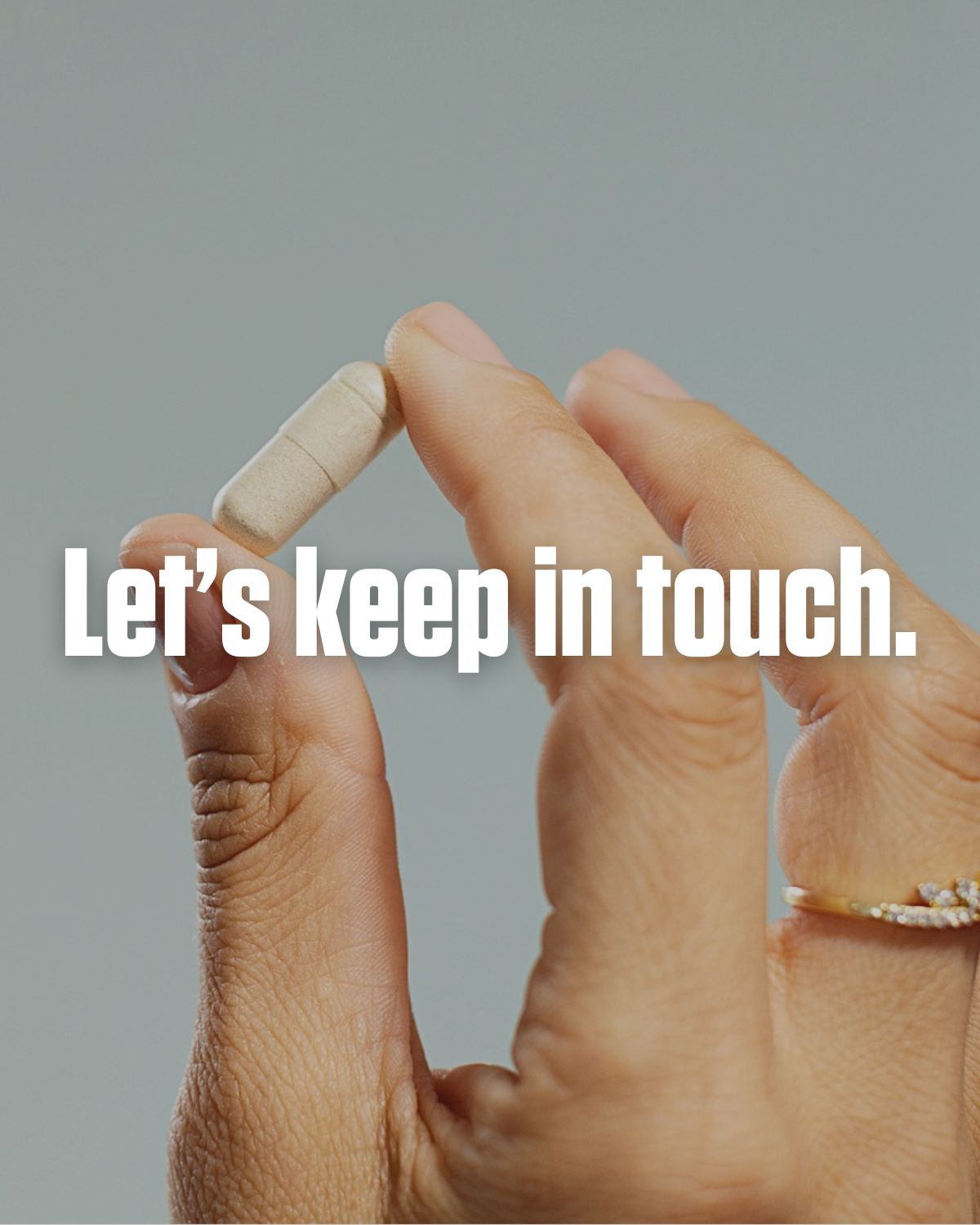Fighting the Winter Blues

Seasonal affective disorder, appropriately shortened as SAD, is a real condition that many of us may take at face value; it's known as winter depression, and though you may not realize it, it can seriously effect you and those around you. SAD is classified as a mood disorder that can effect people who are otherwise fit and happy throughout the year.
Once the cold weather and shorter days roll in, however, it's only a matter of time before some experience symptoms of depression, such as loss of sleep, fluctuations in mood, serious changes in appetite, and more. It's also important to note that SAD can occur during the summer, when those who are effected experience increased anxiety.
What's Behind the Disorder?
Winter SAD is thought to be related to the fact that we've outgrown the need or instinct to hibernate. Instead, we simply cut down on our caloric intake, but that can mean cutting down on the facilitators for serotonin as well, which come from carbohydrates. Another obvious culprit is the shortened amount of sunlight. When you're exposed to sunlight, it helps your body to produce melatonin through the intake of vitamin D, which can have an effect on your sleep patterns, and thus your mood. This can cause you to sleep more, or less, and can also cause less restful sleep as well.
Some SAD symptoms include:
-
A decrease in energy and in sex drive.
-
Inability to concentrate.
-
Withdrawal from social groups.
-
Changes in eating habits.
How Can You Fight Back?
Unless you've got the power to spin the world toward summer, you'll have to learn different ways to treat SAD. Fortunately, there are a few that are few that are easy to put into action, and rather inexpensive. Some are already covered in our article about all of the free ways to boost your mood, but here are some that are specific to SAD.
-
Get More Light. Get as much sun as possible to boost your vitamin D and melatonin production. This will improve your mood, and the quality of your sleep. Some of the more extensive treatment of SAD includes the use of a light box, which can simulate natural sun rise cycles.
-
Stay Active. It can be difficult to go out for a jog or a walk when it's below freezing temperatures outside, but there are indoor activities that will keep you on the right track. Push ups, jogging in place, and even simple exercises like stretching can all help to increase your blood flow, and decrease your depression. Try to get up and active at least once an hour.
-
Get Away. Know where you can find both more sun and more reasons to move around? A vacation. There's a reason why the winter months are the most popular for vacationers; even a few days outside of the cold zone can put you in a better mood for the rest of the year.
If the symptoms you're experiencing become too serious, don't be afraid to talk to your doctor either. SAD is much more common than you might think.




